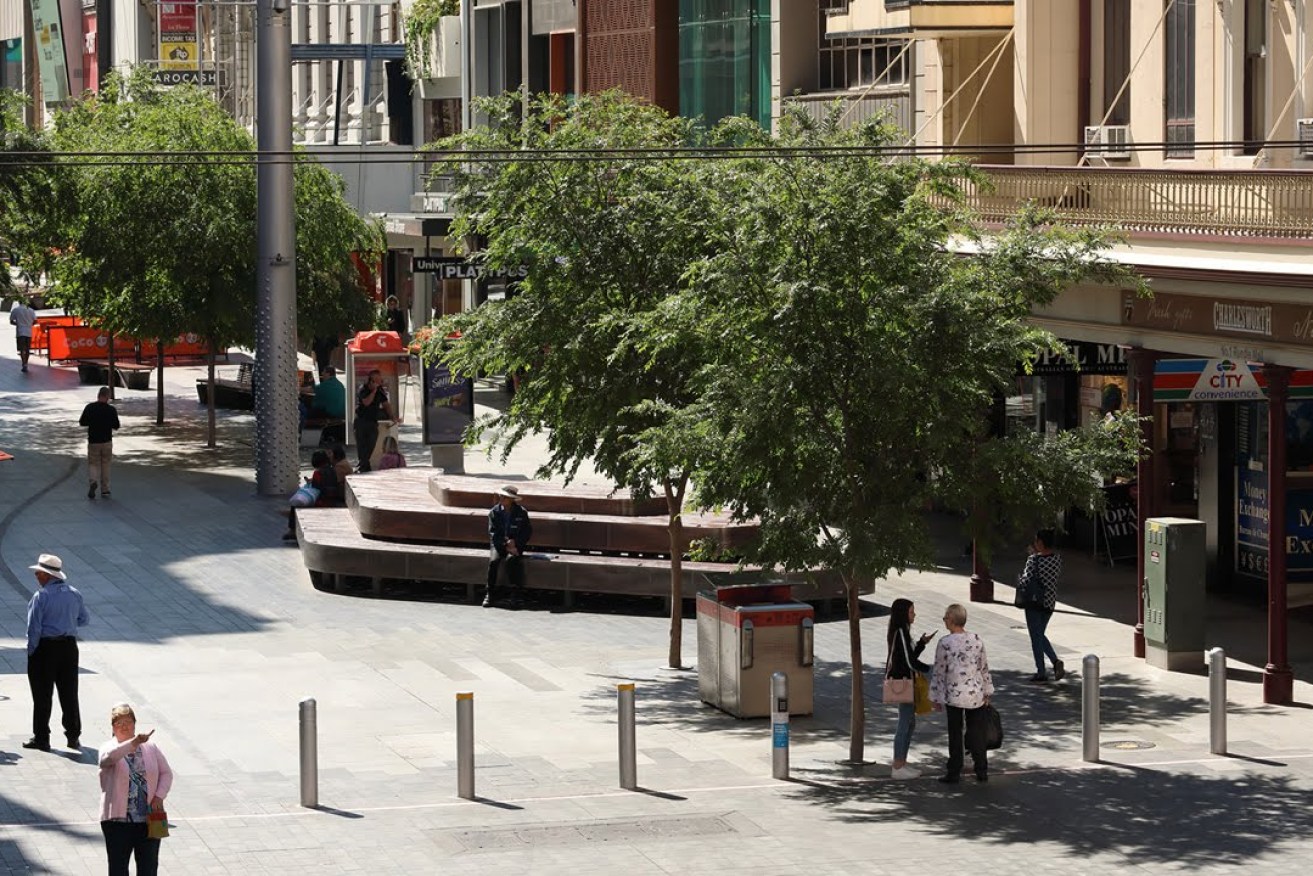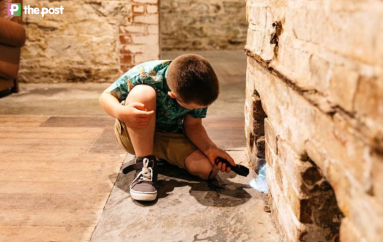Populate or perish revisited: how to avoid a shrinking SA
New projections show that South Australia could enter population decline around the middle of this century, underlining the need for firm policy action, argue Michael O’Neil and Peter Gill from the South Australian Centre for Economic Studies.

Under one scenario projected by the ABS, South Australia will start to lose population by mid this century. Photo: Tony Lewis/InDaily
When Australia’s first immigration minister, Arthur Calwell, declared Australia needed to “populate or perish” he was making a statement about the country’s vulnerability to invasion in the immediate aftermath of the Second World War.
While the context has changed, the recently published ABS population projections to 2066 underscore an ongoing vulnerability. This time, to take a parochial view, it’s a threat to South Australia’s economy that’s at stake. A growing population is an essential ingredient to economic growth.
The ‘big picture’ revealed by the ABS’s three population projections is that Sydney and Melbourne will simply get bigger. Victoria will experience the fastest growth rate but NSW will continue to have the largest population.
The ABS reported a series of scenarios with different assumptions for net interstate migration (NIM), net overseas migration (NOM) and birth rates.
Buried in the detail of the ABS projections is a sobering message for South Australia. We already know that SA is experiencing a significant loss of people and talent through interstate migration to the eastern states which, in 2016-17, represented a net loss of 6800 people for the state. Couple this high NIM with low NOM and lower fertility rates reducing birth rates in SA, and the state will struggle to increase its population over the next 50 years.
South Australia’s current population is 1.7 million people. All three main scenarios detailed by the ABS project SA’s population to be 1.8 million by 2027 with the variation being only 28,000 across the three scenarios. Put simply, the ABS projects virtually static population growth in SA for the next decade.
The ABS projected populations for 2027, 2042 and 2066 and the SA data and assumptions can be found here.
The ABS offers no confidence that the net loss of South Australians interstate … is going to turn around any time soon.
A projection based on high birth rates, the longest life expectancy, highest NOM and highest NIM of the three scenarios, produces a South Australian population of 2.43 million in 2066. A projection based on the lowest birth rate, lower life expectancy, and lowest NOM and lowest NIM of the three scenarios produces a population 2.04 million in 2066.
However, the ABS adds a further projection (“series 52”) where it reworked the assumptions and increased the net loss of South Australians interstate to 7000, which more closely aligns with the 2016-17 NIM of 6800. Incorporating that figure into an equation with assumptions of low birth rates, lower life expectancy, and the lowest NOM in its three scenarios, and South Australia’s population peaks at 1.85 million in 2042.
“In series 52, South Australia’s population is projected to reach a high point of 1.85 million in 2042 before entering population decline,” the ABS report says.
The ABS offers no confidence that the net loss of South Australians interstate – which has been occurring for years and is colloquially described as the State’s ‘brain drain’ – is going to turn around any time soon.
“In all series (of its projections), the number of interstate departures will exceed interstate arrivals in South Australia, resulting in a net interstate migration loss,” the ABS says.
The ABS also notes that regional South Australia will continue to have very slow population growth. Indeed, it projects that the proportion of people living in “greater Adelaide” will increase from 77 per cent to 80 per cent of SA’s population by 2042.
As the South Australian Centre for Economic Studies discussed in a comprehensive analysis last year, Australia’s migration policies are not working and recent changes to the visa regime, which came into effect in March 2018, might actually be detrimental rather than beneficial for SA employers, particularly in regional areas.
We made a series of recommendations, with reform of the visa system being one of the social-economic levers that could be pulled to good effect. We proposed that a new “‘regionally-focussed” visa class be created to encourage overseas migration into regional South Australia.
The ABS emphasises that its population projections “are not predictions or forecasts” but rather are founded on assumptions “based on long and short-term trends and future scenarios dictated by research in Australia and elsewhere”.
Against that background, Arthur Calwell would have been somewhat perplexed to hear Prime Minister Scott Morrison announcing that it’s time to consider cutting Australia’s migration intake.
Michael O’Neil is the executive director of the South Australian Centre for Economic Studies at the University of Adelaide.
Peter Gill a business journalist and communications consultant with SACES.




